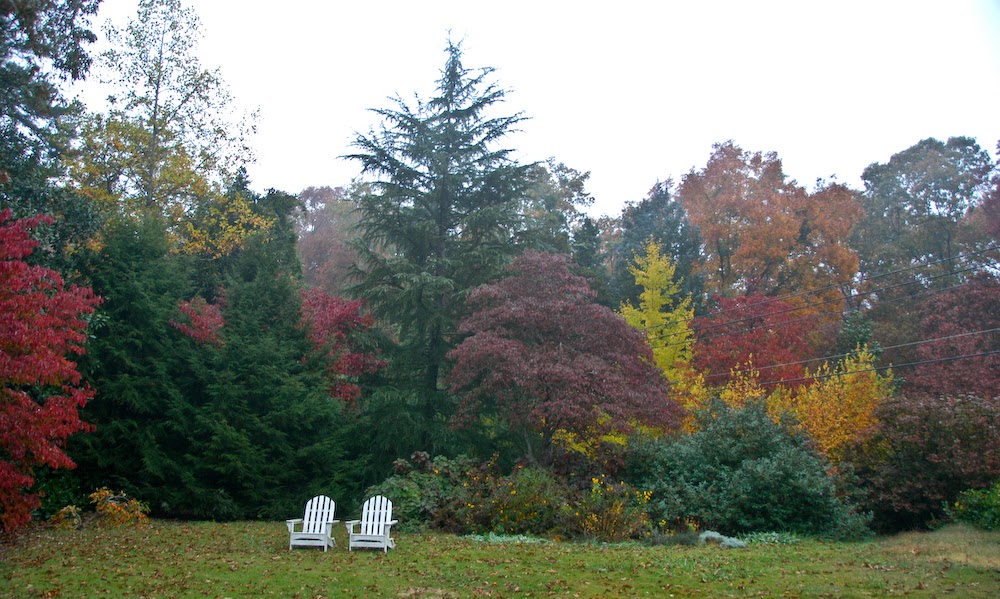The second day of the workshop was yesterday, separated in time because of a family illness, happily on the mend.
Frankly, I didn't mind having some space between two intensive days of practicing technique learning...
Still recovering from an unaccustomed cold, I didn't really feel that well, but thoroughly enjoyed our practice exercises, not meant to be "finished" pieces, but about learning technique.
We were using photographs as our "base" -- but I was still rather amazed to see quite a normal-looking run-down barn turn into this watercolor (we were learning about perspective and using sharp edges to scrap the paper). It's turned a bit more vivid than it really looks, but is certainly way beyond anything I'd normally "paint."
A couple of other studies were interesting, but not as complete.
A final one from a photo of evergreens and snags, along the Blue Ridge Parkway, turned into something different, too.
Frankly, I didn't mind having some space between two intensive days of practicing technique learning...
Still recovering from an unaccustomed cold, I didn't really feel that well, but thoroughly enjoyed our practice exercises, not meant to be "finished" pieces, but about learning technique.
We were using photographs as our "base" -- but I was still rather amazed to see quite a normal-looking run-down barn turn into this watercolor (we were learning about perspective and using sharp edges to scrap the paper). It's turned a bit more vivid than it really looks, but is certainly way beyond anything I'd normally "paint."
.jpg) |
| An old barn |
A final one from a photo of evergreens and snags, along the Blue Ridge Parkway, turned into something different, too.
 |
| evergreens, snags, and meadow |

.jpg)










.jpg)


